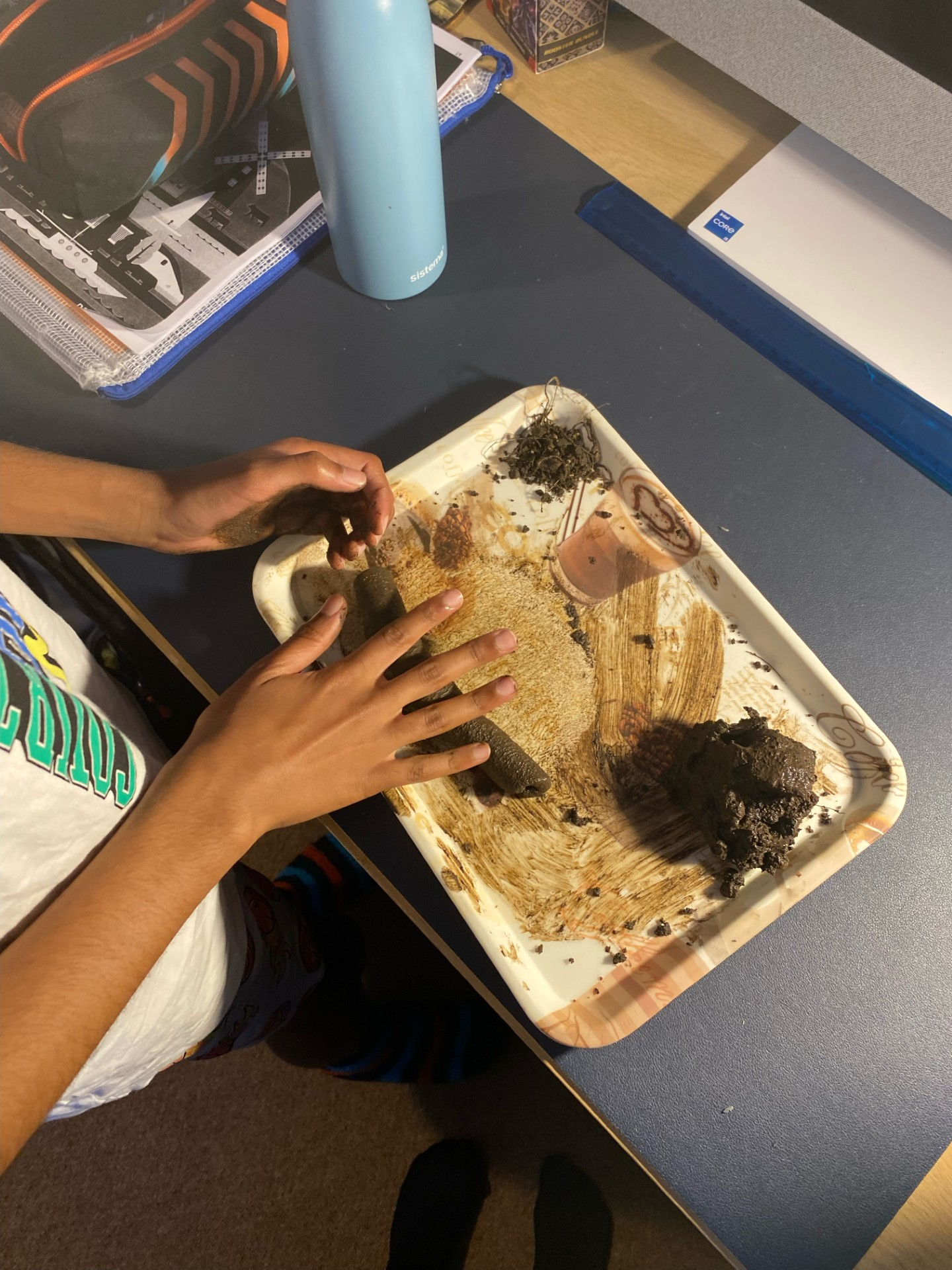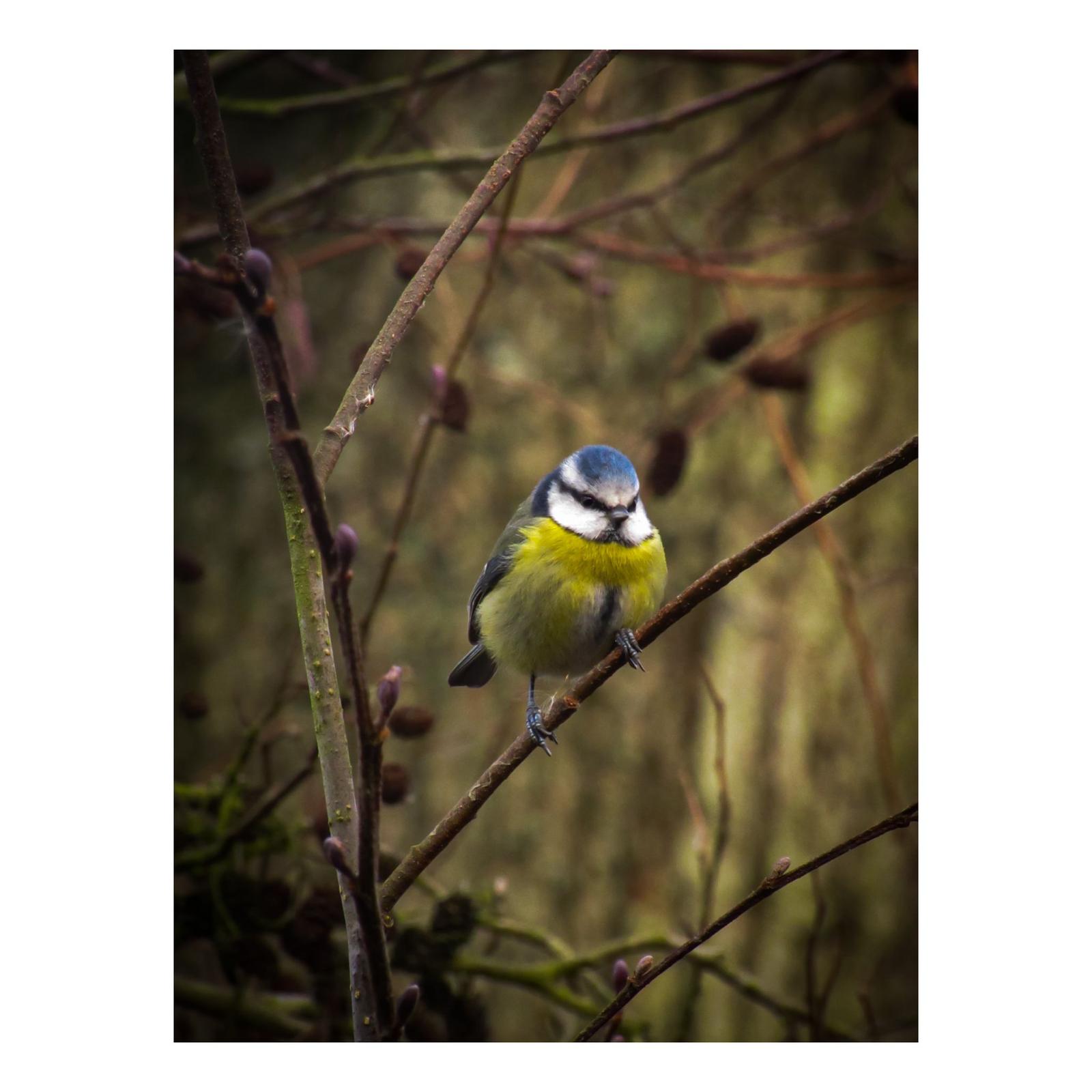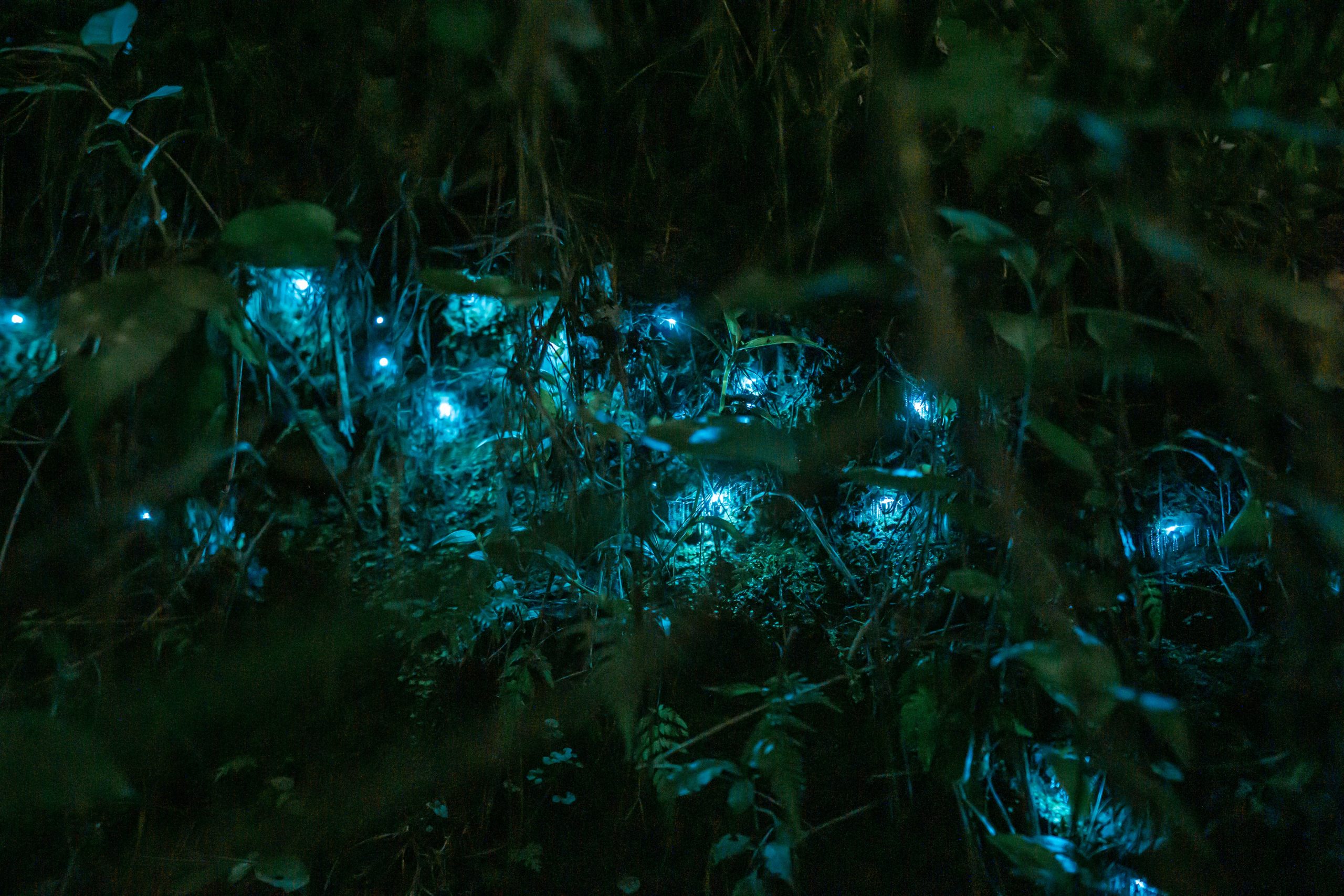Equipment:
- Soil
- Distilled water
- Spatula
- Sieve
- Trowel
Instructions:
- Collect a soil sample using a trowel
- Remove any small stones and bits by hand or using a sieve
- Take a small amount of soil and roll it into a ball – add water if necessary – is it sticky or gritty?
- Roll it into a sausage – how thin can you get it before it snaps?
- Band the sausage into a horseshoe – does it crack?







0 Comments